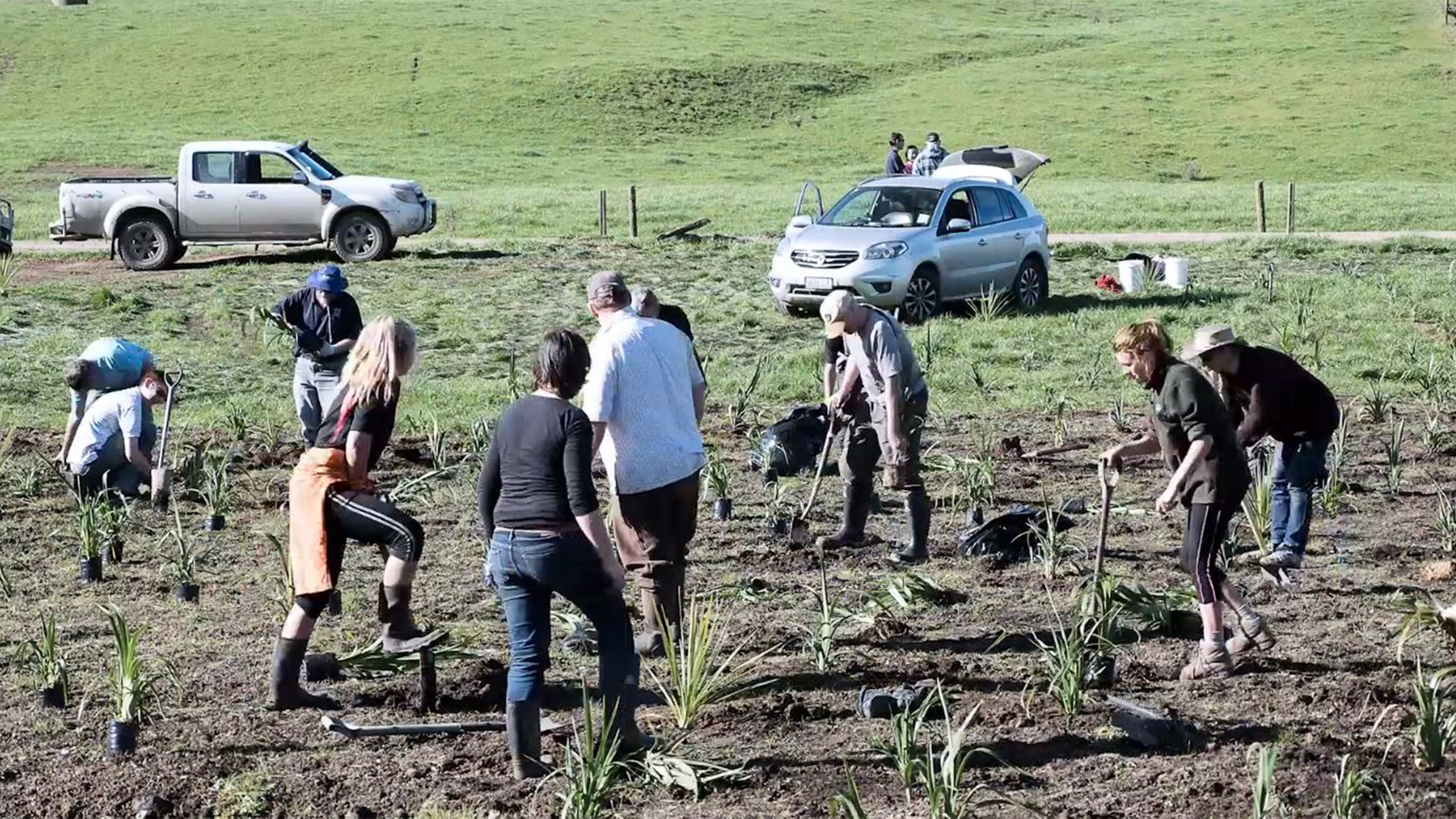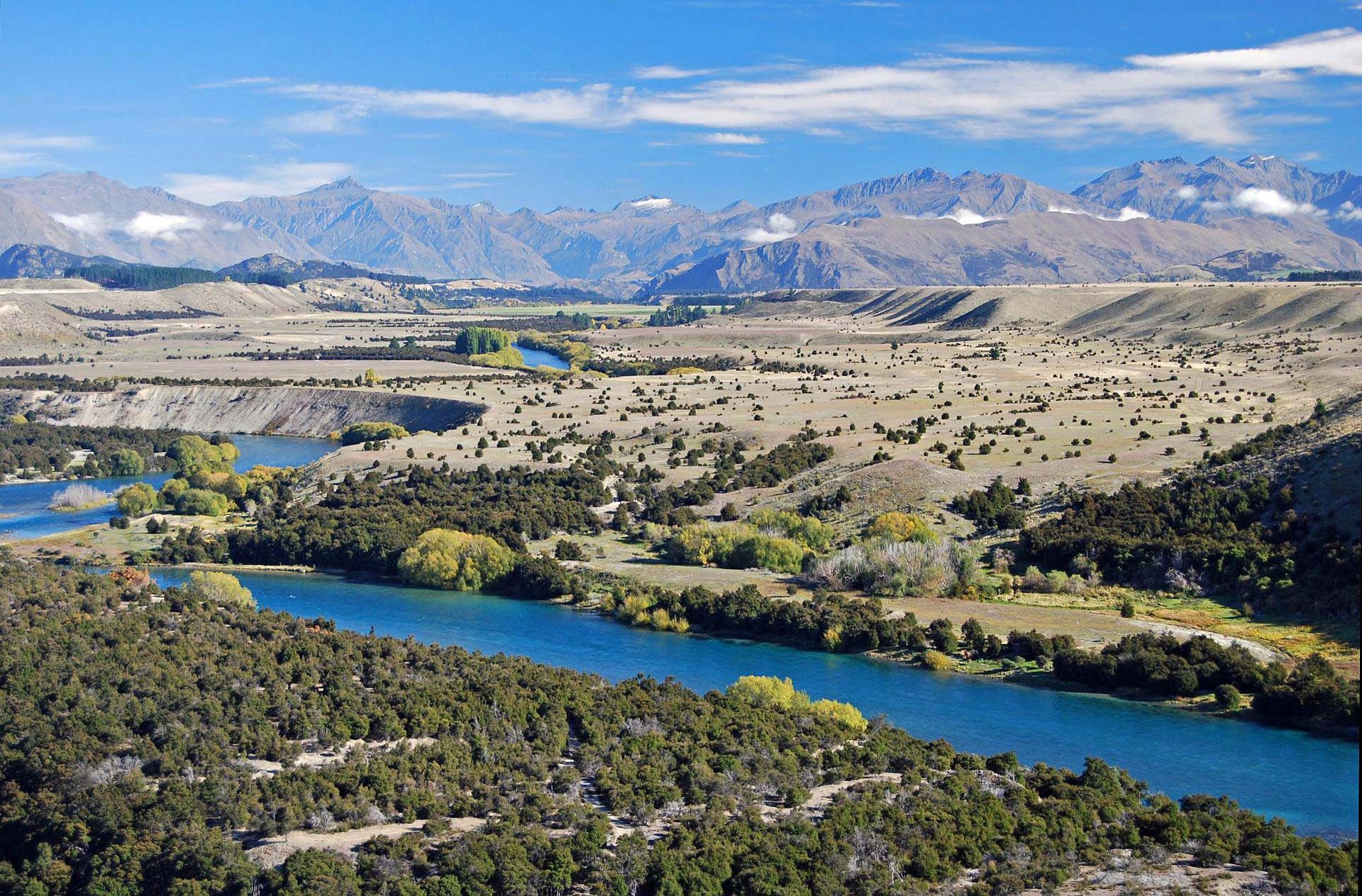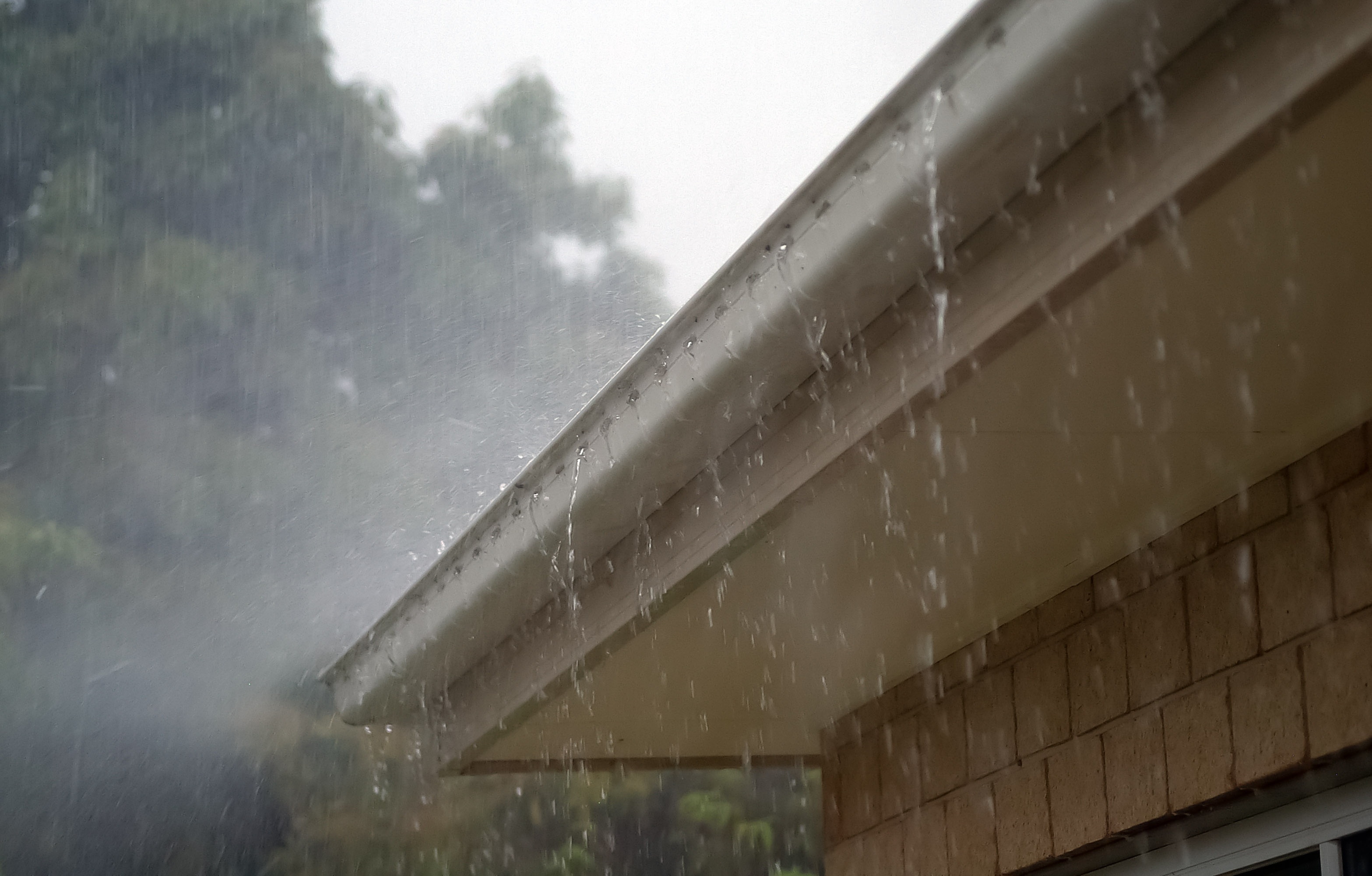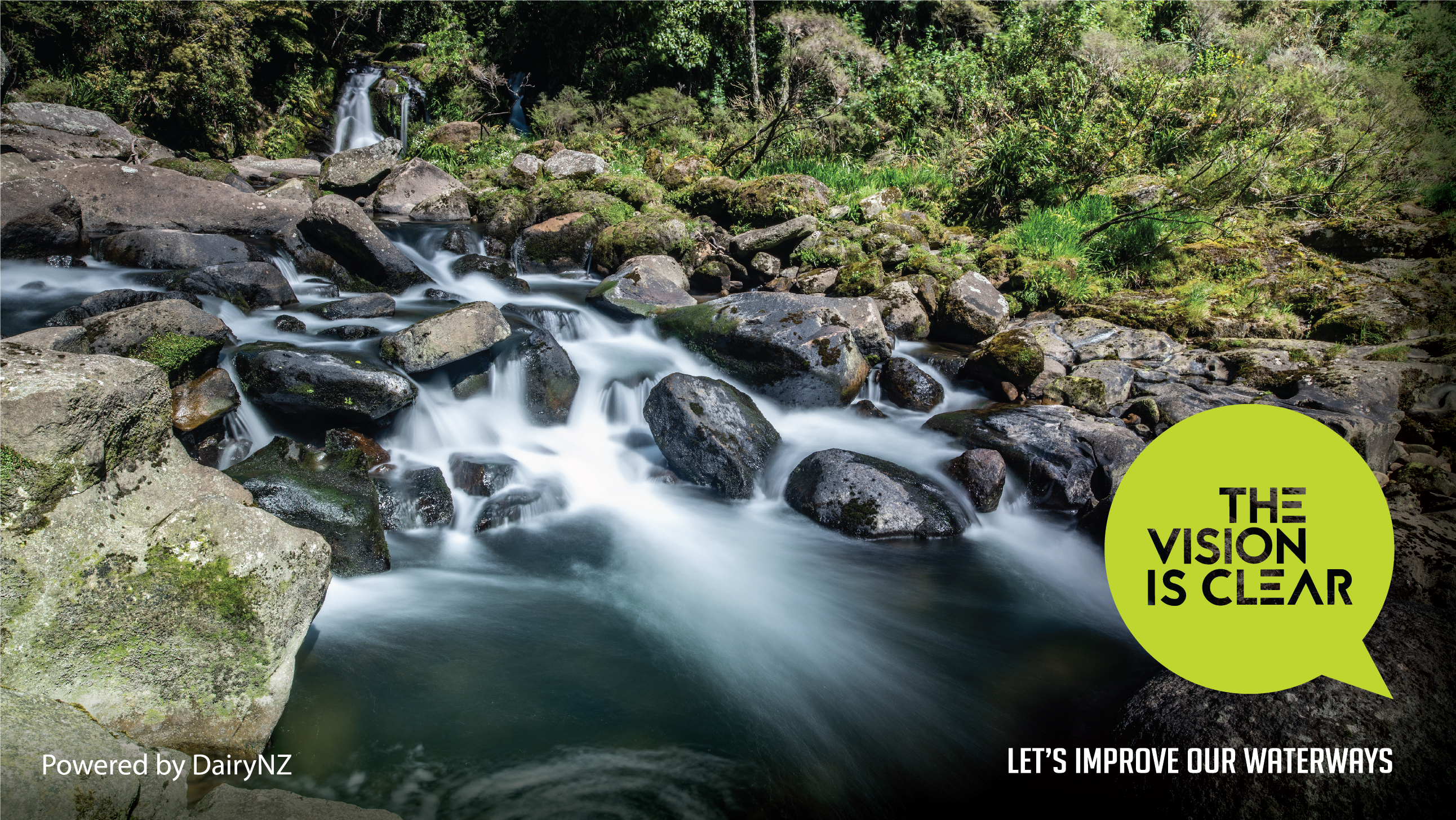Fish returning to ‘lost’ river
Farmer-led community effort leads to big improvement in health of high value river.
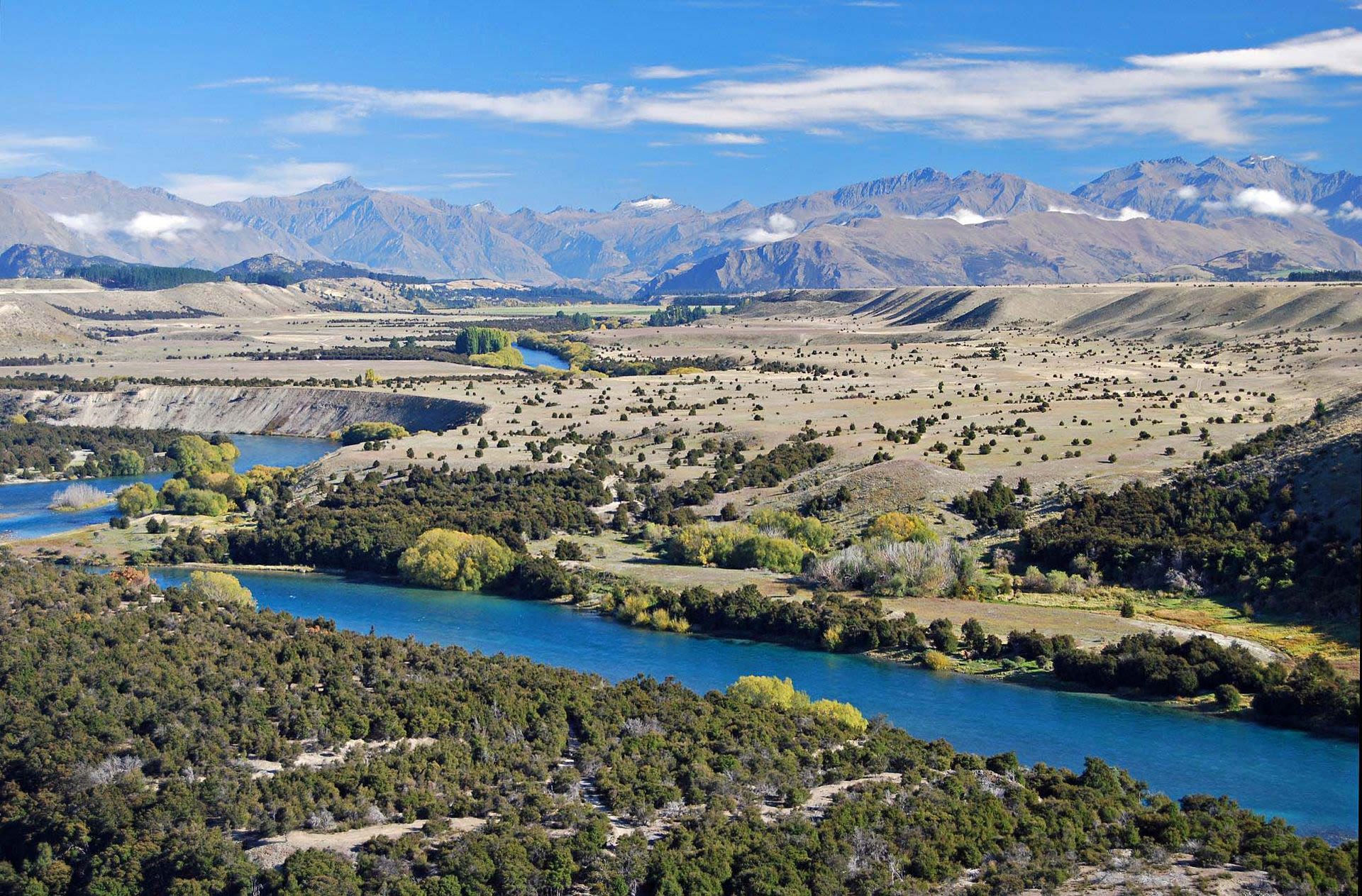
Powered by DairyNZ
Powered by DairyNZ
A ‘citizen science’ project headed by a group of west Otago farmers is helping turn one of New Zealand’s “lost” rivers back from the brink of environmental disaster.
They say their monitoring indicates that damaging levels of bacteria in the Pomahaka River - a tributary of the Clutha River and long considered one of the country’s best fishing locations - have plummeted as a result of the group’s work.
Lloyd McCall, a local businessman and dairy farmer, says their recent tests show bacteria, or E-coli, levels in the river have fallen by up to 90 per cent while nitrate leaching has dropped by between 30 and 40 per cent.
McCall, spokesman for the Pomahaka Water Care Group (PWCG), an organisation of local farmers he helped set up in 2014 with the aim of returning the river to health, says the results represent “a massive improvement”.
Yet he says there is still a long way to go: “The river has suffered degradation over a long period and while we are winning in some areas, we still, for example, have a problem with phosphorous levels which leach into the water through sediment.”
The river - which flows about 98km between Gore and Clutha - is described in a Land, Air, Water Aotearoa (LAWA) report as being of “high value” for fishing and many other recreational pursuits. At the same time, however, it is considered the most degraded rural river in Otago.
But McCall says the fish are returning: “We have had good fishing this year and although we are not yet getting big fish like we did 15 years or so ago, the numbers have increased, so that’s positive.”
McCall describes the work of PWCG as citizen science and says groups can achieve similar outcomes in other areas and regions. Measures introduced include extensive riparian planting of around 22,000 native trees and plants, establishing best practice standards like encouraging farmers to fence off river banks and other waterways to prevent stock accessing the water, promoting on-farm discharge testing and trialling sediment traps.
The group does its own testing - checking water quality at 28 sites four times a year - and McCall says everything it does is not based on a rule but on a desire to improve the river to enable future generations to use it for swimming and other recreational activities.
He says testing enables farmers to understand water quality close to their properties and provides clarity on their individual environmental footprint. It also gives them direct ownership of the quality of water leaving their property.
“We’re all in it together. It’s all about the future, we can’t be told to do it, we’ve got to want to do it,” he says. “I sat in a meeting about the river a few years ago and thought ‘this isn’t going to fix things, it has to be done from the bottom up, by farmers themselves’,” he says.
McCall formed PWCG with four or five other farmers; today the group has around 160 members, almost half the 350 farmers in the area.
“We are lucky because once you get 40 to 50 per cent of people involved it becomes self-engaging and water quality becomes the talk in the pub.
“We’ve got road signs with messages like ‘Your Water, Your Future’ or ‘Your Water, Your Community’. It’s just that mental thing going on all the time.”
McCall says the group has also set up a Best Practice Response Team which members of the public can contact if they see a farming practice they don’t think is right.
“We’ll send a group out to have a yarn with the farmer concerned,” he says. “We had a case recently over some cows that had got into the water. When we checked, it turned out they had gone through broken fence wires; we shifted the cows out and fixed up the fence.”
McCall owns a 300ha dairy farm in partnership with his son running around 650 cows in the Kelso area near Tapanui. His brother runs a sheep and beef operation in the district on land that has been in his family for five generations.
The Pomahaka River has a catchment area of about 2060sqkm with up to 4500km of waterways. Around 350 farms are located in the area most of which are sheep and beef operations.
Of these about 100 are dairy farms, most of which are located in the middle and lower areas of the catchment around the townships of Tapanui, Heriot and Clydevale. The average dairy farm size is 197ha.
McCall says the PWCG has close working relationships with organisations like DairyNZ, Beef and Lamb New Zealand and the NZ Landcare Trust.



